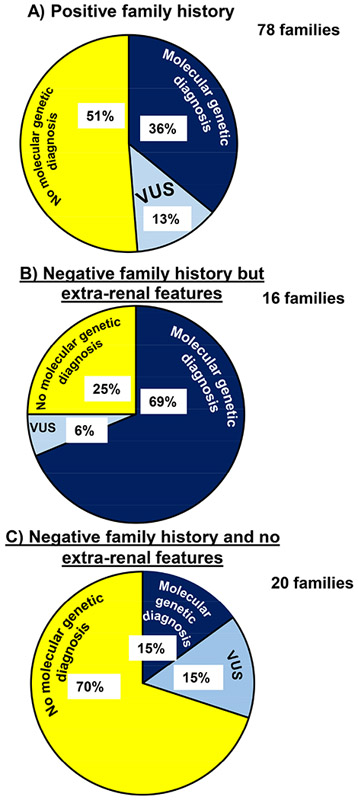Figure 2. Percentage of the 114 families in Ireland with CKD in whom whole exome sequencing established a molecular genetic diagnosis (i.e. a pathogenic or likely pathogenic monogenic mutation in a known CKD gene was detected following WES) stratified by recruitment group.

Navy blue colour denotes families in whom a pathogenic or likely pathogenic mutation in a known CKD gene was detected (i.e. molecular genetic diagnosis established following WES). Light blue colour denotes families in whom we identified a variant of uncertain significance (VUS) in a known CKD gene following WES. Yellow colour indicates that no meaningful genetic variant could be detected in a known CKD gene following WES (i.e. no molecular genetic diagnosis established following WES).
A) Positive family history cohort denotes families with CKD who report CKD in either a 1st or 2nd degree relative (78/144 families)
B) Negative family history but extra-renal features cohort (16/114 families)
C) Negative family history and no extra-renal features cohort (20/114 families)
